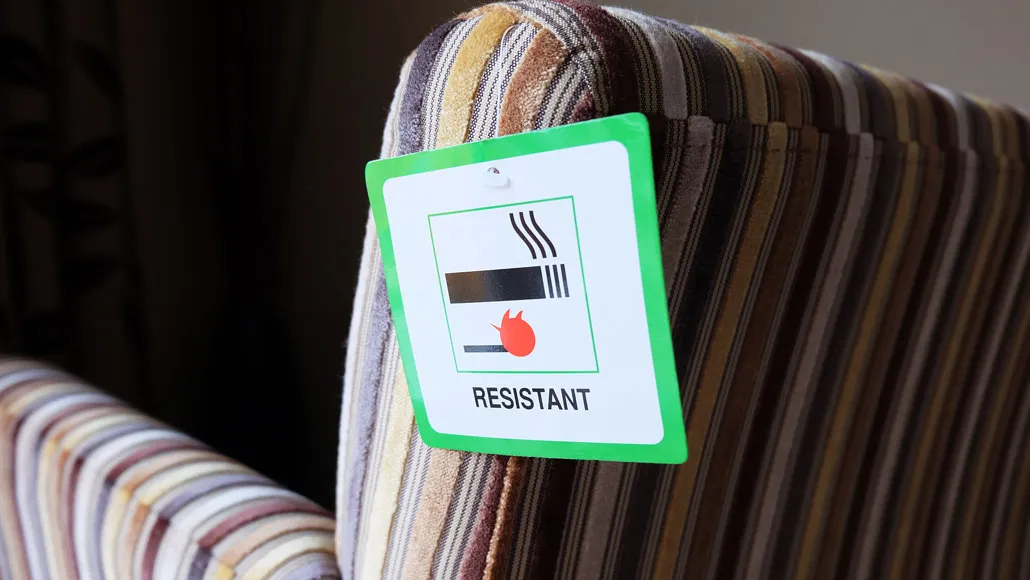
New plant-based flame retardants could ward off fires without the toxic effects of their commercially used counterparts.
Anthony Boulton/iStock /Getty Images Plus

New plant-based flame retardants could ward off fires without the toxic effects of their commercially used counterparts.
Anthony Boulton/iStock /Getty Images Plus